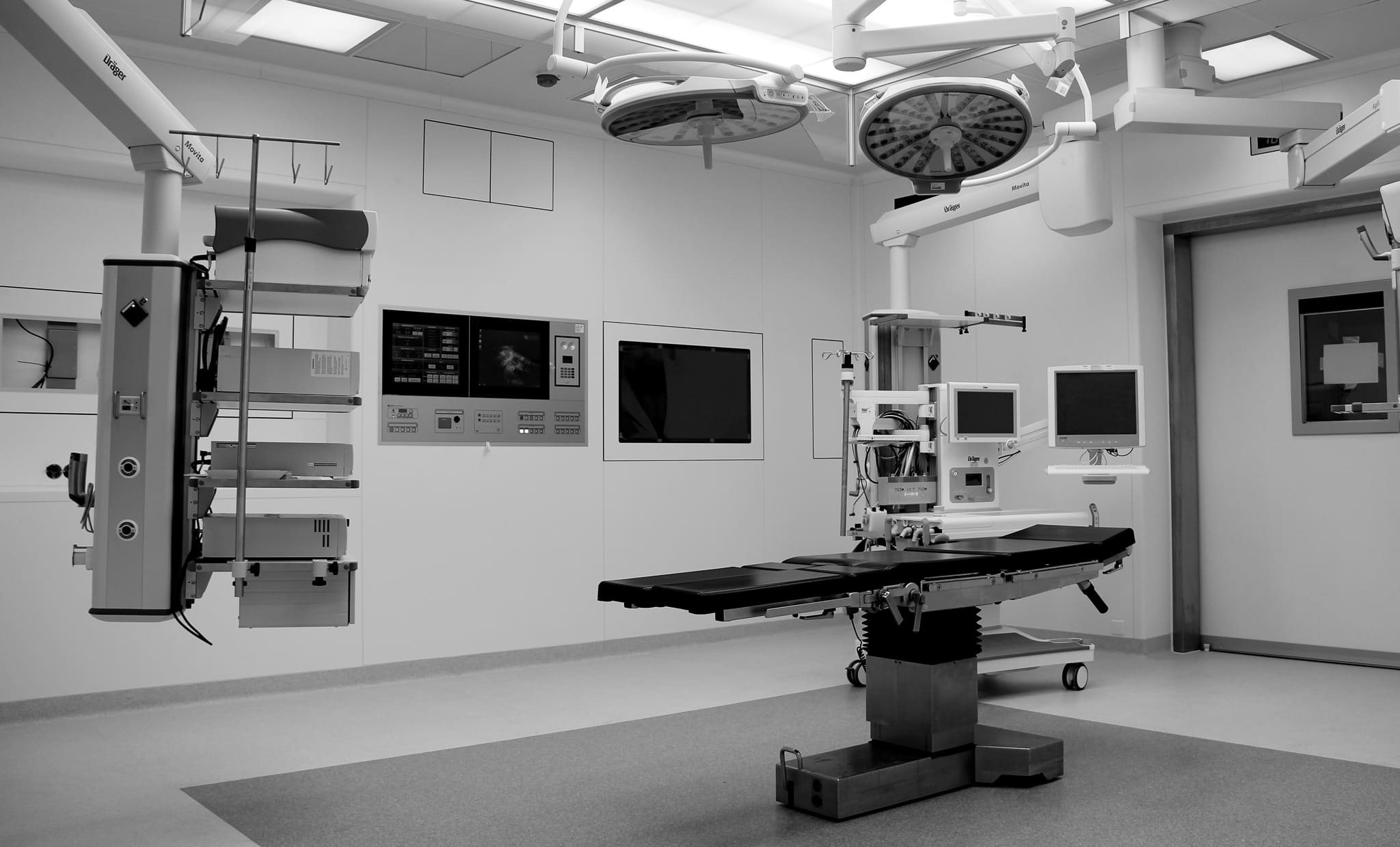India’s healthcare suffers from a substandard infrastructure and limited insurance coverage, leading to inferior healthcare quality in the country, as confirmed from multiple global indicators (ranked 145 out of 195 countries on healthcare access & quality, as per the Lancet study in 2016; ranked 66 out of 195 countries on healthcare security, as per Global Health Security Index 2021). The poor condition of India’s healthcare system was recently exposed as the system collapsed during the COVID-19 pandemic (especially the period of second COVID-19 wave). This has created a huge growth opportunity, given India currently spends only 5.4% of its GDP on healthcare, which is only half of the global average of ~10%. Moreover, the opportunity is largely price inelastic (and hence mostly independent of the inflationary trends), as healthcare is considered as a truly essential expenditure, which takes priorities over most other categories.
The disease burden in India is led by chronic conditions (diabetes, hypertension and cardio-vascular) that last for at least an year and up to a person’s lifetime and account for ~65% of the total deaths in the country, putting 400-450 million chronically ill people at a huge risk. The risk became evident during the pandemic, when the population with existing chronic conditions, was considered prone to the COVID-19 infection and the associated complexities. Moreover, India’s infrastructural gaps make the chronic treatment journey cumbersome and expensive, establishing a dire need for convenient and affordable solutions to manage the chronic conditions. New-age players are leveraging the power of technology to address this large and pressing need.
The Government of India has also realised the gravity of the desperate healthcare situation in India and has prioritised the execution of healthcare reforms via its commitment to increase the government expenditure on healthcare to 2.5% of GDP by 2025 (up from 1.2% of GDP in the 2018-2019 period). Similar to the new-age players, the government is also relying on technology to improve the condition of healthcare in India, as demonstrated by the Ayushman Bharat Digital Mission, under which the government plans to develop the backbone necessary to support the integrated digital health infrastructure of the country.











